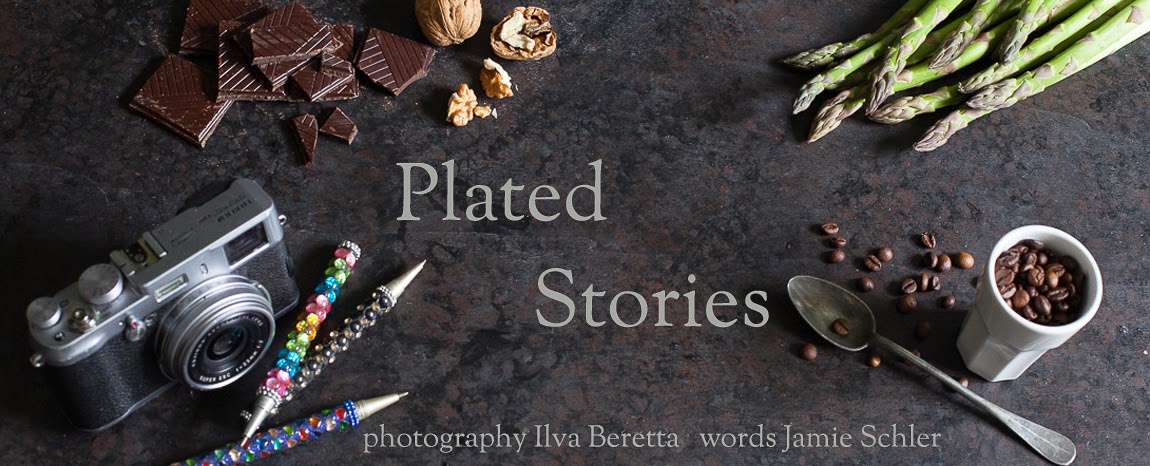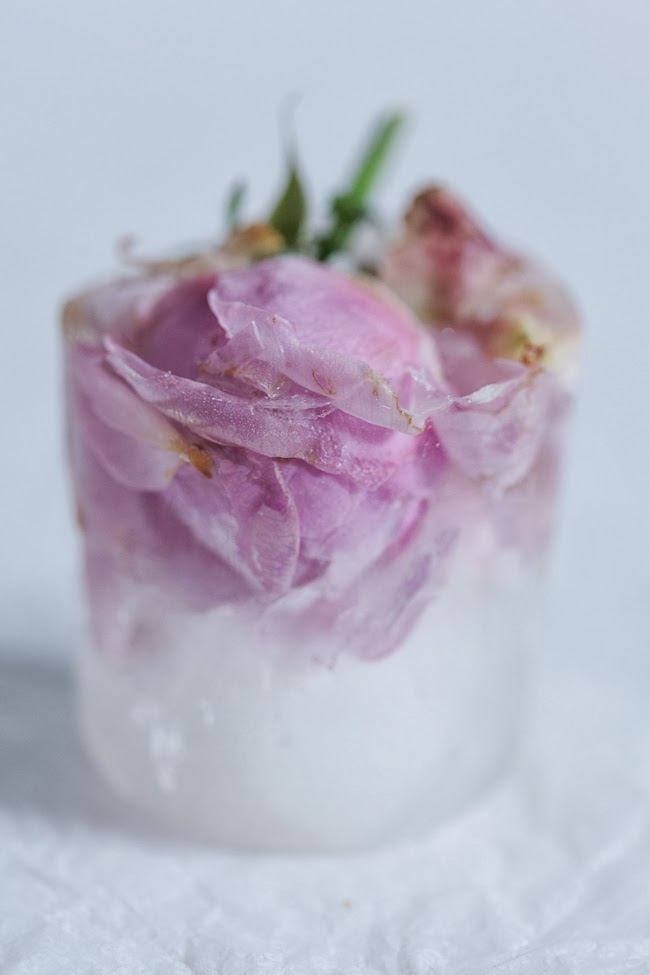Will it snow this year? I find it extremely difficult to find that old holiday spirit while the rain beats against the windowpanes, as the hail clatters onto the balconies and the clouds hang low and menacing, the sky a steely gray. The lights glitter, diamonds in the shimmering black puddles, in the inky night, the branches crack and sway, the leaves spatter onto the sidewalk below as the wild wind whips the streaming rain cascading down in torrents across the square. Doors creak, we snuggle down deeper under the blankets; we love the coziness, the storms outside are romantic when one is safe inside, yet the approaching festivities call not for rain but snow! We awake to the gray, dismal morning, no sun appears at noon, and we search, alas, in vain, for that old holiday spirit.
Snow somehow adds the jolly to Christmas, the happy to New Year. Slipping on the boots, buttoning up our warmest, snuggliest coats, burying our chins deep into mountains of scarf and, gloved hand in gloved hand, out we prance through the crunching white, the sun bright and cheerful and tip toe our way into town. Everything looks so sparkling clean, so lovely and festive to a backdrop of snow! The holiday songs carried to us on the wind and piped into every boutique somehow just sound merrier, the window displays more vibrant and playful, our fellow shoppers gleeful, convivial. Laden down with sacks and bags, boxes beribboned, we hurry home, noses red, cheeks rosy, giggling like children on Christmas morning, to curl up together in the corner of the sofa, hands cupped around steaming mugs to watch the snowflakes flurry in a Winter Wonderland on the other side of the icy, misty glass.
One last day of shopping before Christmas and the gifts are all bought, piled up in secret places around the house. My baking has taken a festive turn and Stollen and cookies of all sorts have been tumbling out of the oven and lining themselves up prettily on the kitchen table. The magic of a real bûche de noël awaits, slathered in chocolate, dusted with snow. We’ve stocked the pantry with all kinds of simple, warming foods, enough to see us through the wintry week. My favorite Christmas films are stacked up on the coffee table, the old and the new, the real and the animated, each begging to be watched first, promising to fill our house with holiday music, laughter and good cheer!
Tomorrow morning, Christmas Eve morning, we will wend our way to the market, bundled up in heavy coats, arms wrapped close around ourselves to ward off the blustery wind and the tat tat tat of wet flakes stinging our cheeks. We’ll push our way through the Christmas Eve crowds and fill our basket with oysters and a slice or two of foie gras, and maybe, just maybe, he will make a wonderful seafood choucroute for two. Or a cheese fondue for the boys. I’m rather a sentimental old soul, and as I step out into the flurries and chill, memories of Christmases past whirl up like a snowstorm in my mind and visions of icy white nights in Milan pulling smoky chestnuts out of paper cones, warming our hands, and popping them one by one into our mouths; excited little boys dashing up to greet le Père Noël who magically appears laden with gifts at their grandparents’ house; arriving late Christmas Eve to a balmy Florida town and being driven around up and down every street just to ogle the gaudy, outrageous Christmas decorations and the romantic luminaries all aglow, hands clapping and faces brimming over with delight, all intermingling in one glorious dance!
The Christmas holidays have arrived in a blustery, wet haze, stomping in like an uninvited guest leaving filthy black shoeprints all over the new white carpet without even a bouquet of flowers to ease her unexpected intrusion. The chill winds of the holiday season whipped in unannounced when my back was turned, when I had least expected it.
Christmas. The wind whistles and howls outside as the wet snow whips around through the trees, lighting up the square below and adding a festive luster to the treetops, while inside we sit cozy and warm. Like wide-eyed children on Christmas morning, we stare through the panes into the velvet night as the heavy plops of white thud against the glass and settle onto the inky black iron curlicues of the balcony railing for the night. The lamplight shimmers in the glistening snow blanketing the roofs of the cars and we snuggle up a little closer and whisper our prayers that it will last through the holidays.
One blustery day leads into the next and as the rest of France is blanketed under an elegant stole of white, as images of Parisians standing amid flurries of flakes scroll across our television screens, we listen to the rain pound on the roof, watch it slide sadly down the glass panes, and the urge to warm up the kitchen with baking washes over me. The only feathery white powder I have the chance to feel against my skin is flour. Soft, fragrant flour blended with cocoa and sugar, eggs and cream, fill the house with the sweet scent of celebration. Thoughts of cinnamon and chocolate, nutmeg and orange fill my head as I skip into the kitchen and start pulling bowls and pans from the cupboard, as I sift through the drawers in search of teaspoons and tablespoons, measuring cups and zester. And as traffic in the City of Lights comes to a standstill in the frosty night, as grumbling tourists try and make light of closed roads and closed airports, as a warm glow emanates from a bustling workshop somewhere north of Lapland, I blend and stir, whip and fold. I toss in a little Christmas spirit in the form of mixed holiday spices: cinnamon and nutmeg, star anise, ginger and cloves, a dash of lemon and orange zest, a splash or two of rum, heady and wild, and it smells as if I am living in a white-icing edged, candy cane and gumdrop-trimmed gingerbread house.
So while others dream of a White Christmas, while visions of snow-dusted sugarplums dance in their heads, we sit inside in the warmth, snuggled up together, listening to the rain and watching the darkness come much too early every afternoon. We cook, bake, eat and watch old films and are overcome with that wonderful holiday spirit that wraps its arms around us no matter the weather and no matter what is happening outside in the world, outside of our own existence. So slice another piece of cake, pour another glass of wine and turn up the volume of the stereo or the television just a little bit more and maybe this year we will even exchange gifts.
Plated Stories will be taking a holiday break and will see you in the New Year.
We wish you one and all a joyous, merry holiday filled with peace and good cheer.



















































